Three Dogs in the Afterlife
November 4, 2020that same sociality which exists among us here will exist among us there ª waits while ● gets her bearings. It always takes a little while, he says. ● lifts her spirit nose, trying and…

that same sociality which exists among us here will exist among us there ª waits while ● gets her bearings. It always takes a little while, he says. ● lifts her spirit nose, trying and…
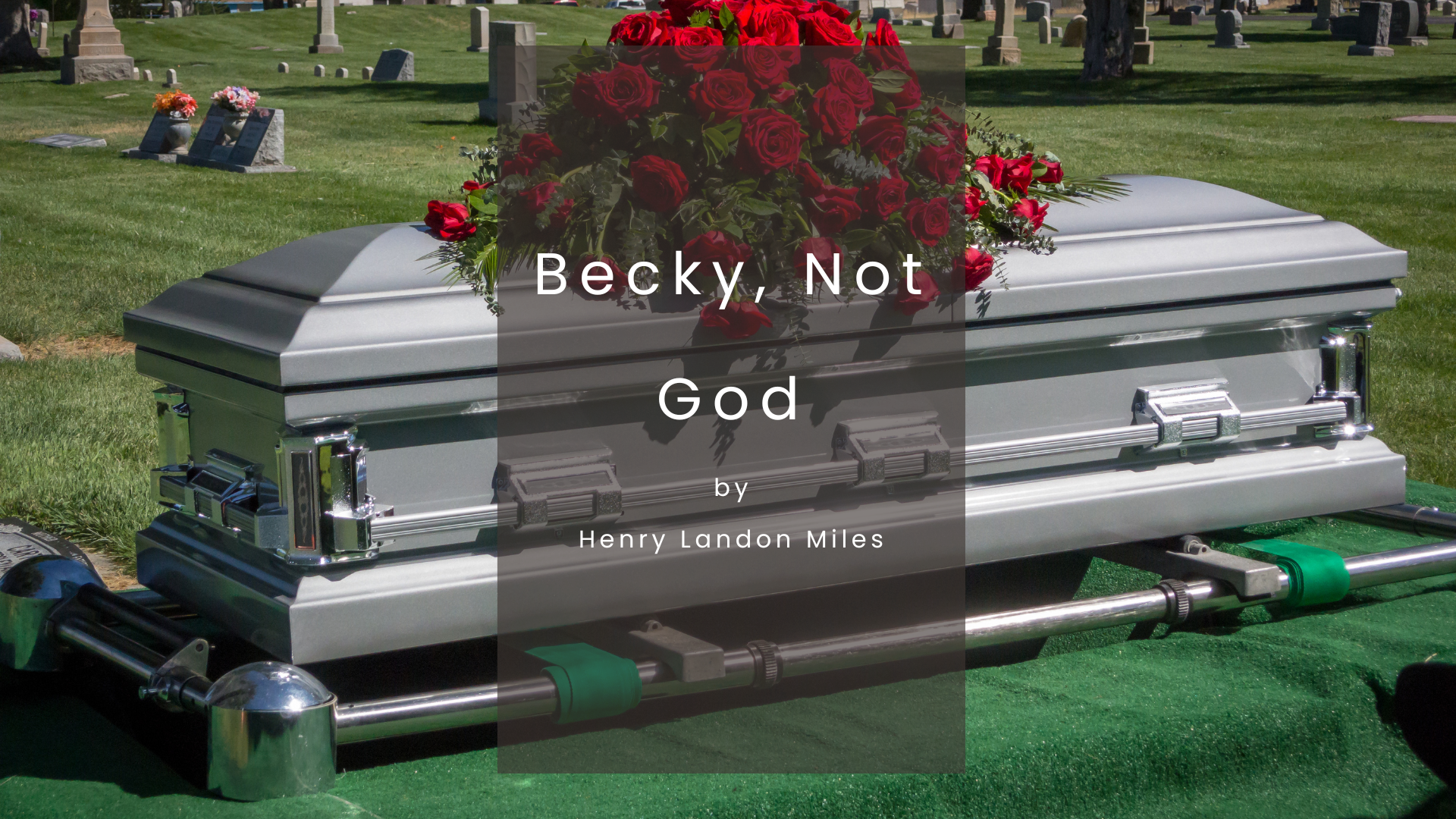
set the hour for their reunion.
She’s under the green
canopy in the closed coffin.
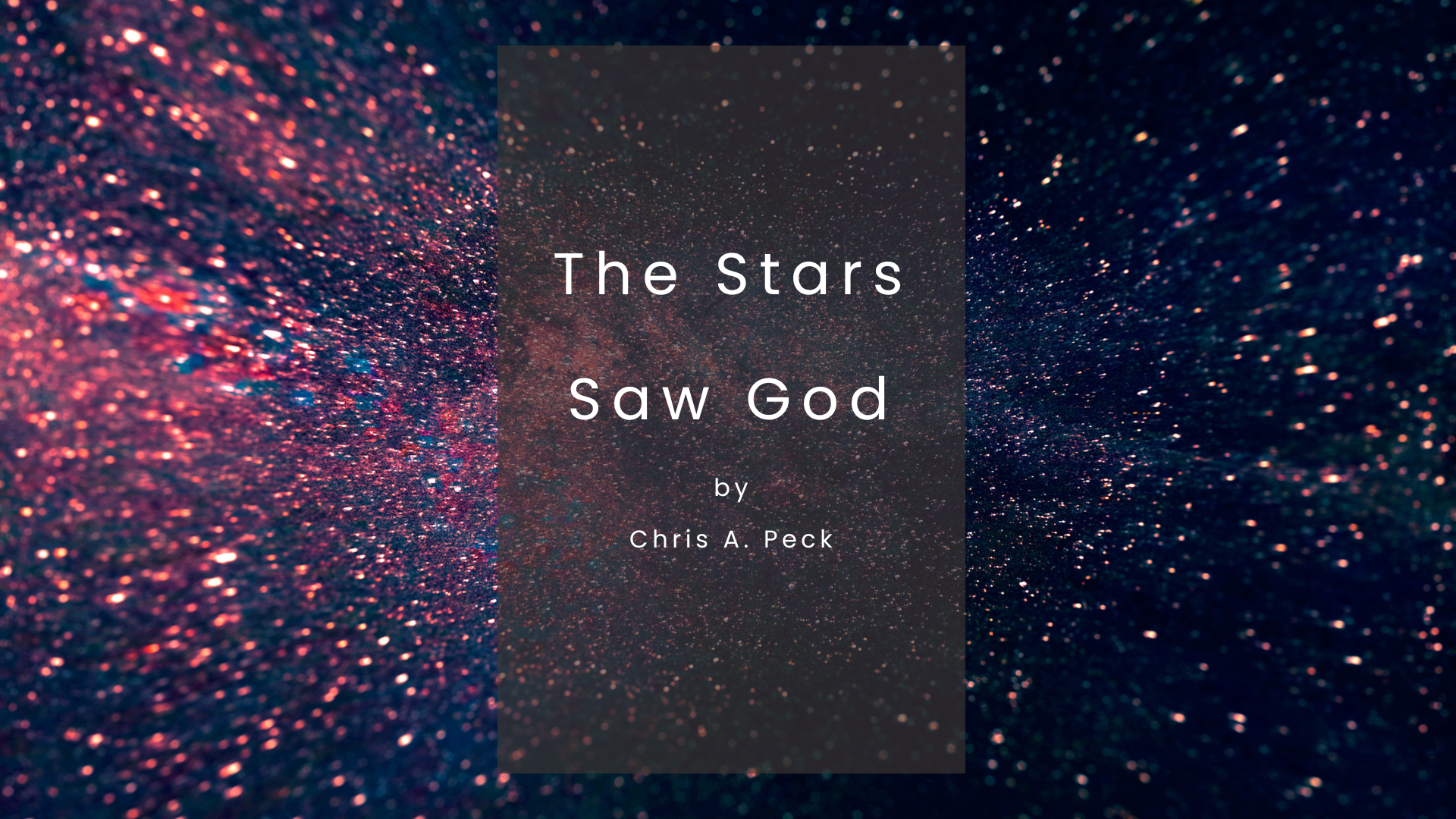
I found God huddled in my father’s insanity.
There beneath the layers
of confusion—as to why none of us saw the
spinning ball or the parade outside—

At fourteen, Daryl cut across an empty lot
behind a brick pharmacy
where he had picked up his mom’s pills
(linden trees in town bloomed in pale sweetness),
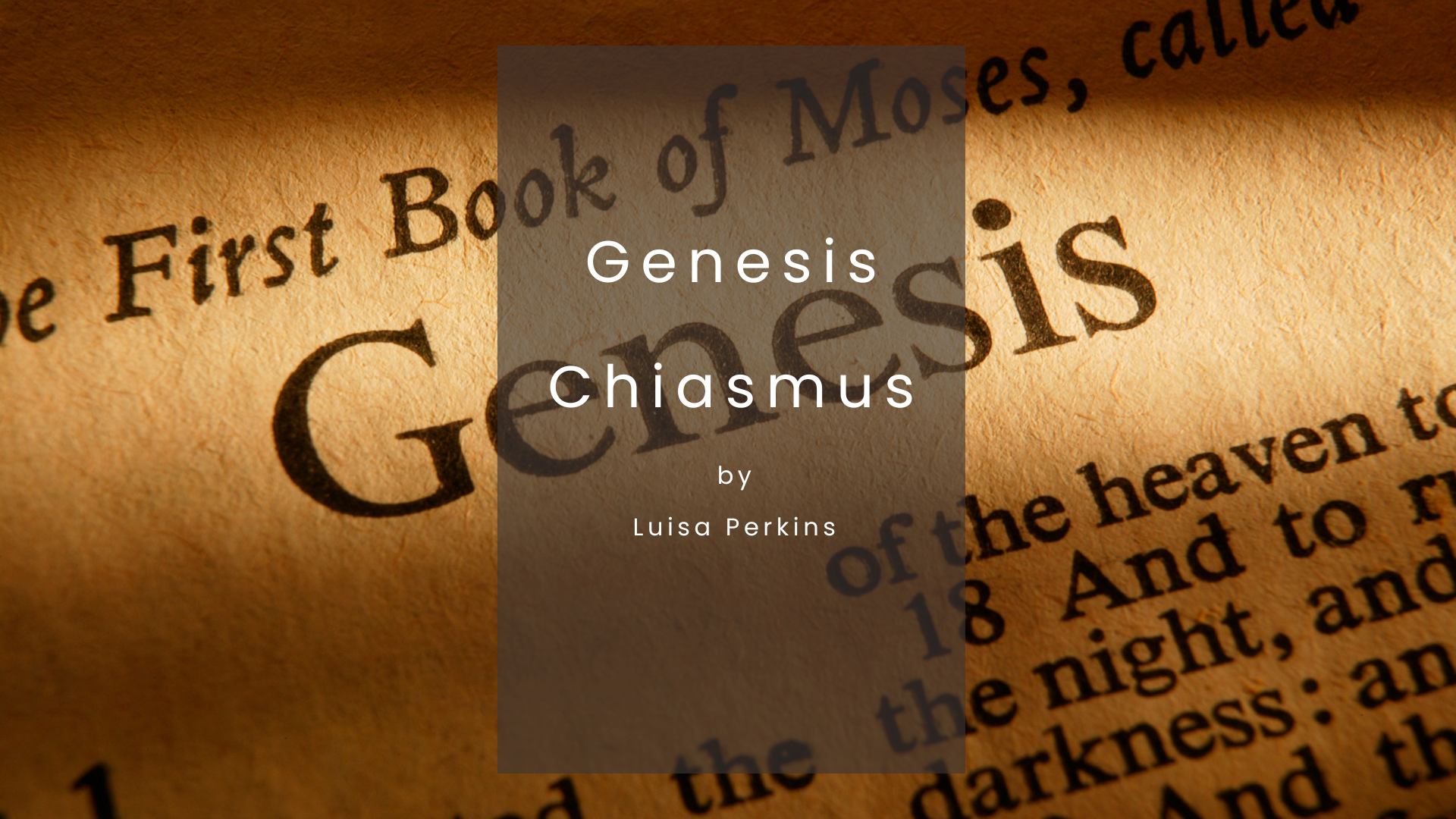
In the Big Ending,
My son used to say
When I read him the Genesis board book.
Which was perfect, I thought.
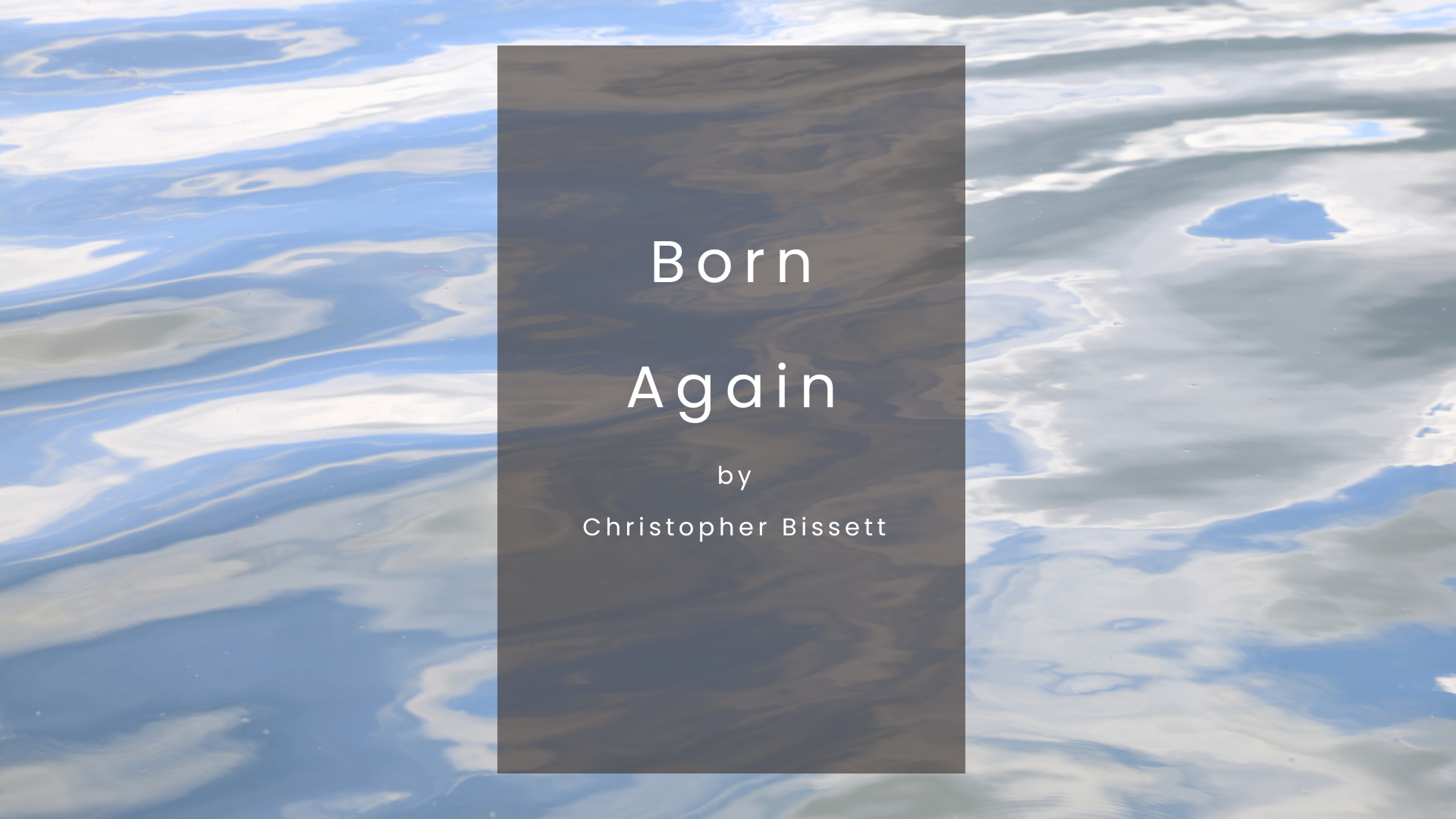
Because I did not fit a second time
in the womb of my mother,
I was born of my father instead.

Dialogue 53.3 (Fall 2020): 73–103
Davis compares the two men, saying “Davis, like Smith, was raised in a poor household and received little formal education—Davis, in fact, would claim to have received only “little more than five months” of schooling.”
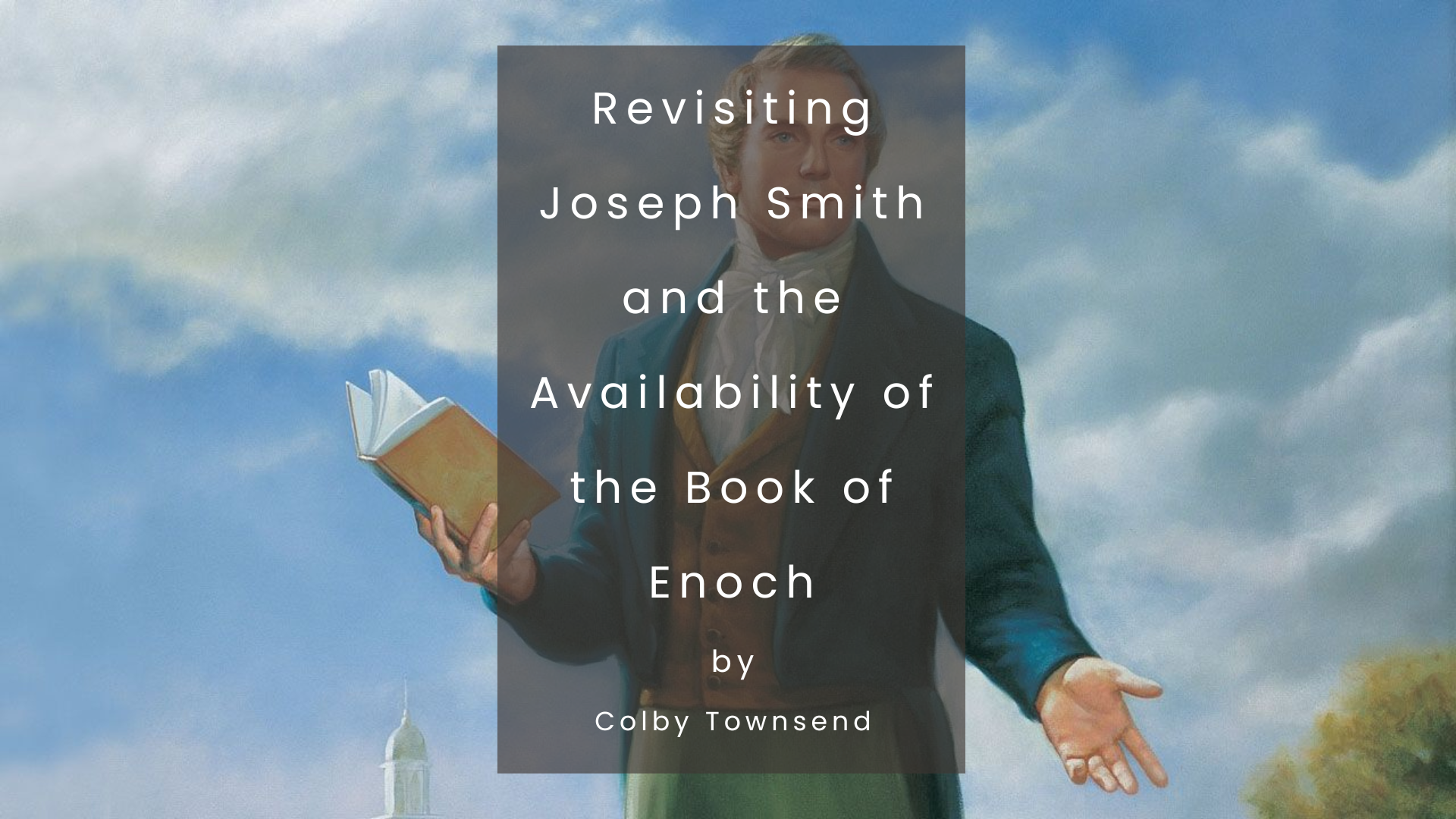
Dialogue 53.3 (Fall 2020): 41–106
Regarding the discussions in Mormon studies and other literary sub-fields related to contemporaries of Smith, the availability of ideas about 1 Enoch and some of the actual content were far more complicated than has usually been assumed in past scholarship.

The question I am considering here is at its heart relational. What kind of relationship with scripture exists within performative theology? When we understand scripture as wisdom rather than history, what does this understanding do…
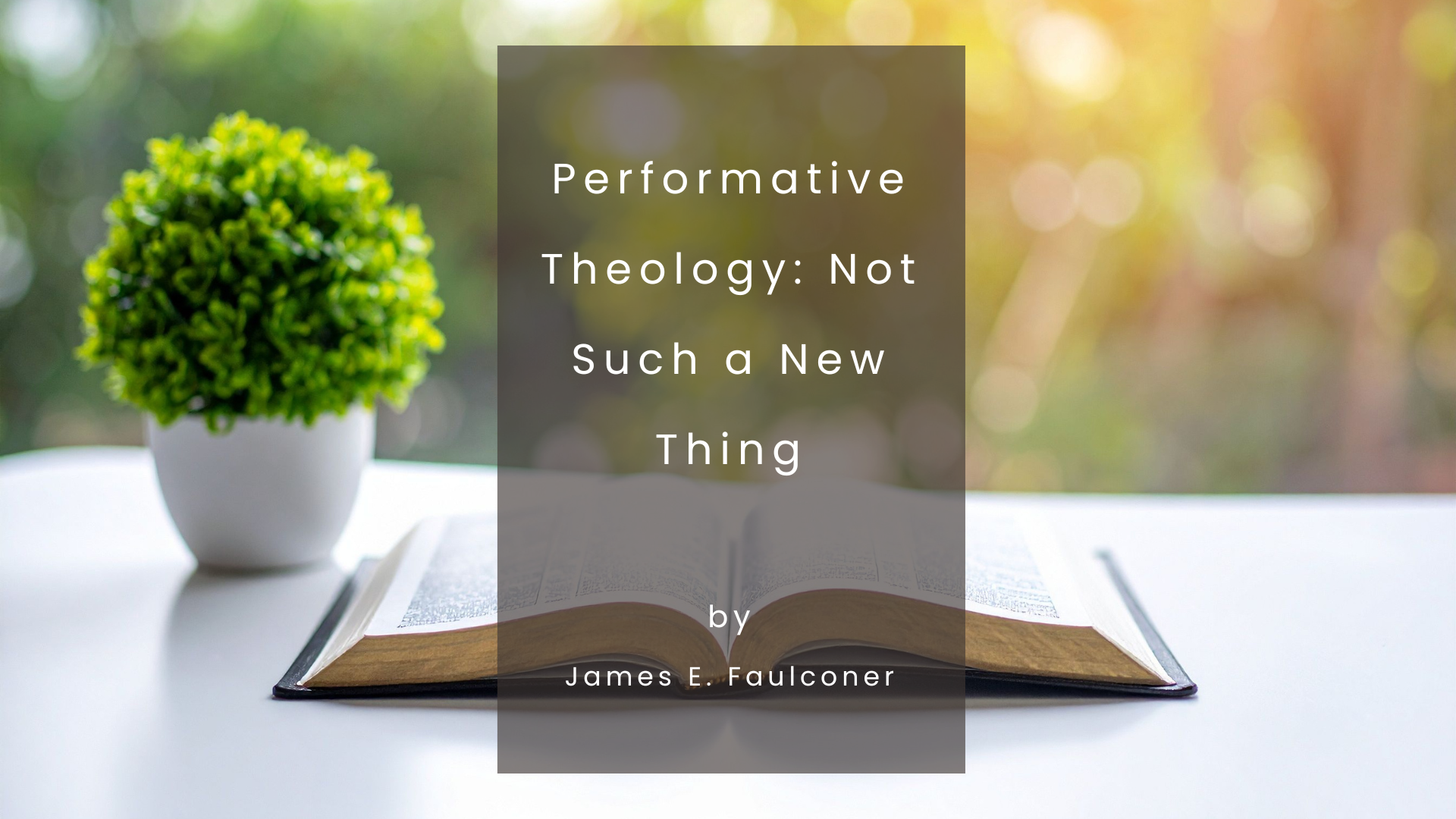
A movement called “scriptural theology” has been part of academic theology for some time now, since the 1980s or earlier.[1] In spite of that, with some exceptions I will note, it has had little impact…